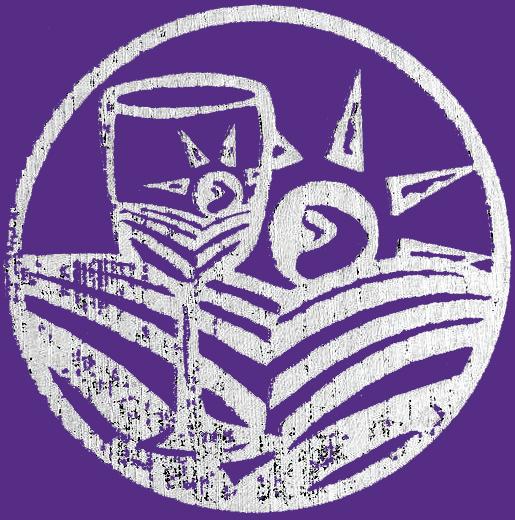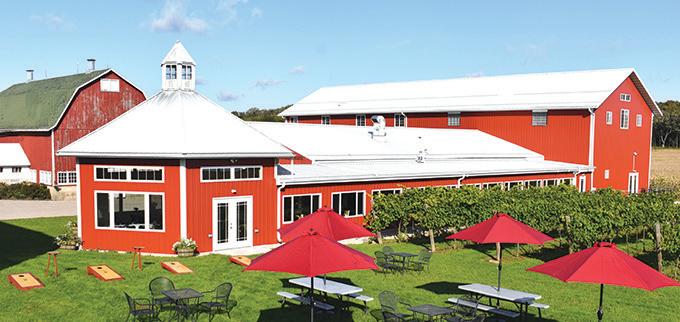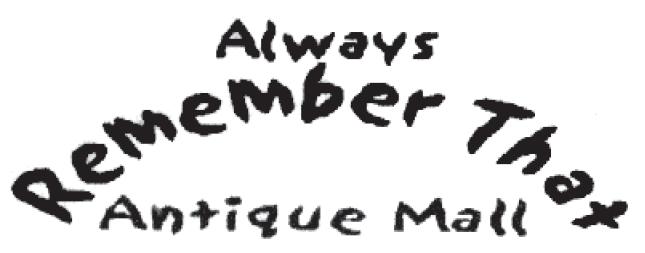
7 minute read
ST. PATRICK’S DAY HAS A RICH HISTORY Green Celebrating the
by Sandra Landen Machaj CORRESPONDENT
s the month of March opens, we appreciate that it is the month of green. The time when the snow begins to melt and some patches of green may begin to appear in our yards. But frequently these little bits of green are short lived as we never know when another snow storm may appear and cover them.
Advertisement
The true green that appears in March is the green clothing that appears on everyone as the middle of the month approaches, specifically March 17, the feast of St. Patrick of Ireland.
On this day, everyone becomes a bit Irish as they join in activities honoring St. Patrick and enjoying traditional Irish foods.
In some communities, especially those with high Irish heritage, the tradition of honoring St. Patrick’s Day is not only a day but often a weekend event, highlighted with parades, music festivals, dressing in green, enjoying traditional Irish foods, and Irish beverages, including green beer, drinks made with Jameson’s whiskey, Bailey’s Irish Cream, and Irish coffee.
Below the border, that is in Chicago, there traditionally are two Irish parades –the Northside Irish and the Southside Irish parades – to honor both Irish communities in the city. They are also known for dying the Chicago River Green on St. Patrick’s Day.
Here in Wisconsin, the tradition of honoring the Irish on St. Patrick’s Day continues, without quite as much fanfare, even though everyone becomes Irish for the day and enjoys Irish food and music.
The story of St. Patrick of Ireland goes back in time to 387 A. D. when Patrick, the man who was to become the Bishop of Ireland and the patron saint of Ireland was believed to have been born. There is question as to whether he was born in
Ireland or in Britain. At that time Ireland was ruled by the Roman Empire and Patrick’s father was believed to be one of the rulers of the Empire.
According to legend, a raiding party of Ireland’s pagans and Druids managed to kidnap Patrick when he was about 14 years of age from his family’s estate in Britain and forced him to live among them as a slave. He remained in captivity until he was about 20 years of age when he escaped and was reunited with his parents.
When he returned to his parents in England, he also returned to his studies of Christianity and began to study for the priesthood. His plan was to return to Ireland and convert them to Christianity.
When he was ordained a bishop, Patrick felt he was able to begin his journey back to Ireland and work on his conversion of the land. It was not a job that he would begin alone, as he and other members of the clergy traveled to Ireland to begin the conversion. They were extraordinarily successful in converting the country to Catholicism, making Ireland the most Catholic country of the time.





With the work of converting the Irish, many myths and legends appeared concerning Patrick and his fellow priests. One of the best known which persists even today is that St. Patrick drove the snakes out of Ireland.
History tells us this was not necessarily true, as Ireland was not known for having a large number of snakes. Some believe that the “snakes” he removed were the pagans who denied the value of Christianity. Yet, even today, many statues of St. Patrick depict him with snakes.
St. Patrick is believed to have passed away in Ireland around 460 A.D. on March 17. This date began to be celebrated in Ireland as a religious feast and to honor him after his death.
When the Irish began to immigrate to the United States, the celebration of St. Patrick’s Day became more a celebration of Irish heritage. The day became a time of enjoying traditional Irish food and drink, the wearing of the green, and social activities and parades.
There is disagreement between Boston and New York as to who had the first St. Patrick’s Day parade. The Bostonians claim that Irish soldiers serving in the English Unit in Boston were homesick and held the first St. Patrick’s Day Parade in 1737 but it was not repeated regularly.
Officially New York began holding St. Patrick’s Day parades in 1762 and have continued to host them since that time. Today they continue to claim that they were the first to have parades on St. Patrick’s Day.
Food and drink
While today we consider corned beef and cabbage the traditional Irish St. Patrick’s Day meal, it was not a meal that originated in Ireland, but rather with the immigrants in New York. In Ireland the Irish traditionally ate the boiled potatoes and cabbage, but did not have any meat as it was too expensive for them to eat on a daily basis.
Upon settling in New York, where there was a large Jewish population, the Irish immigrants discovered corned beef which was relatively inexpensive and enjoyed by their Jewish neighbors. Because it was affordable, they began to eat it with their boiled cabbage, potatoes and carrots.
Today it is thought of as the most popular Irish food but it is not the only traditionally Irish food that people enjoy on St. Patrick’s Day. Shepherd’s Pie is also a popular Irish dish created out of beef and sometimes lamb, vegetables, and topped with mashed potatoes.
The corned beef and cabbage platter is often accompanied by fresh rye bread or Irish soda bread to complete the meal. Corned beef sandwiches, on rye bread, and Reuben sandwiches also appear on many menus to be enjoyed during the St. Patrick’s Day celebration. While many restaurants have corned beef and Reuben sandwiches on their menu, the corned beef and cabbage platter is usually only seen around St. Patrick’s Day.
Traditionally, adult beverages enjoyed with the corned beef on St. Patrick’s Day include Irish beers often colored green for the occasion, Jamison’s whiskey which is created in Ireland, and for a dessert treat, Bailey’s Irish Cream.
The tradition on St. Patrick’s Day is to raise your glass and share the traditional Irish toast “Slainte” which means to your health. It is the season to raise your glass with friends and offer the toast to their health even if it is not an alcoholic drink you are sharing.
Here in the Southern Lakes region of Wisconsin there are no scheduled parades but that does not mean the residents will not be celebrating on March 17.
Here are some area activities and restaurants known for their Irish food in celebration of St. Patrick’s Day:
Elkhorn Chamber of Commerce
at 6 p.m.,
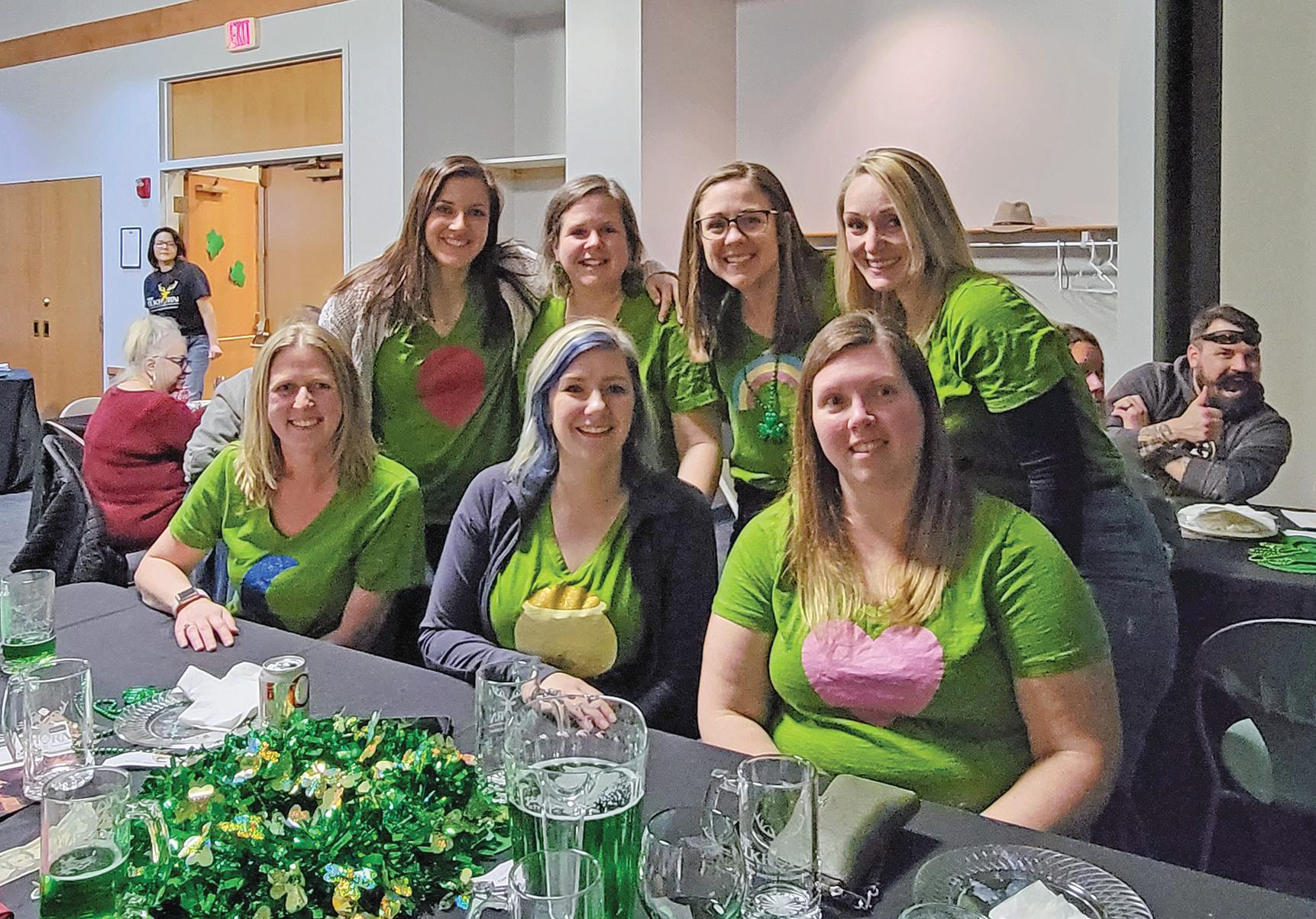
Blarney at the Matheson Memorial Library. Teams of eight will compete for the coveted Trivial Blarney Trophy. Purchase tickets in advance; $250 per team. Team members will receive a St. Patty’s themed meal and green beer. Contact Elkhorn chamber for more information and to purchase tickets, www. ElkhornChamber.com.
Delavan Lions Club
The Delavan Lions Club will hold their 60th annual St. Patrick’s Dinner on March 12 from 11:30 a.m. to 7 p.m. in the Geneva Ballroom at the Lake Lawn Resort. This buffet dinner will include corned beef and cabbage, and baked chicken. Tickets can be purchased from Delavan Lion’s Club members or at the Lake Lawn front desk or at the door. Cost is $25 for adults, $12 for children age 4 to 10; kids age 3 and younger eat for free. Discount for early purchase.

Egg Harbor Cafe
827 W. Main St. Lake Geneva • 262-248-1207
Located in downtown Lake
Geneva on Main Street, Egg Harbor is a favorite place to enjoy breakfast to start the day. Their egg selections always please whether eating them for breakfast, brunch, or a light lunch.
On St. Patrick’s Day, add an order of the corned beef hash that will be added to the menu for that day and begin your celebration of St. Patrick’s Day
Mars Resort
4098 South Shore Drive Lake Geneva
Located on the shore of Lake Como, this popular resort will be celebrating St. Patrick’s Day on March 17 with the addition of corned beef and cabbage to their menu.

The Irish platter, will include corned beef cooked to perfection, paired with boiled cabbage, and boiled potatoes and carrots. The regular corned beef and Reuben sandwiches will be on the menu also.
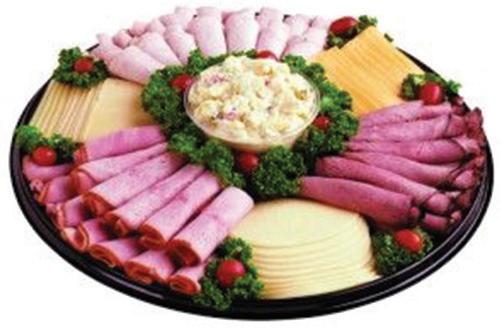
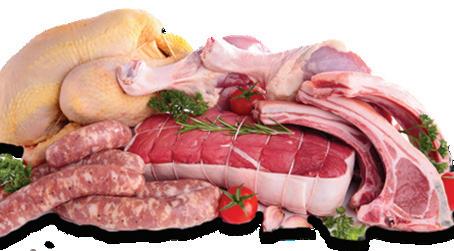
While they are not planning on serving green beer, they will have a variety of Irish beers on hand for customers to enjoy. They will also be offering a number of drink specials on St. Patrick’s Day. Among these is the Irish Bomb, a combination of Jamison Whiskey, Bailey’s Irish Cream and Guinness beer. Not for the light of heart or those driving.
Chuck’s Lakeshore Inn
352 Lake St. • Fontana • 262-275-3222
Located on the shore of Geneva Lake in Fontana, Chuck’s Lakeshore Inn remains a favorite casual spot for friends to get together to enjoy one of their great hamburgers and a casual drink. On St. Patrick’s Day, at Chuck’s, everyone becomes Irish for the day. Leading their menu will be Irish Stew, the traditional corned beef dinner and Reuben sandwiches.
Fitzgerald’s Genoa Junction
Highway B • Genoa City • 262-279-5200
The famous octagon house, known for its fish boil, will have an additional choice on the menu for St. Patrick’s Day March 17. The traditional corned beef and cabbage, potatoes and carrots will be cooked outdoors in their large cauldrons to celebrate the day.
Enjoy your meal with a glass of green beer or one of their other full service cocktails.
Foley’s Irish Woods
W3905 Highway 50 •Lake Geneva
Head to Foley’s Irish Woods on March
17 to enjoy a variety of Irish dishes to celebrate St. Patrick’s Day.
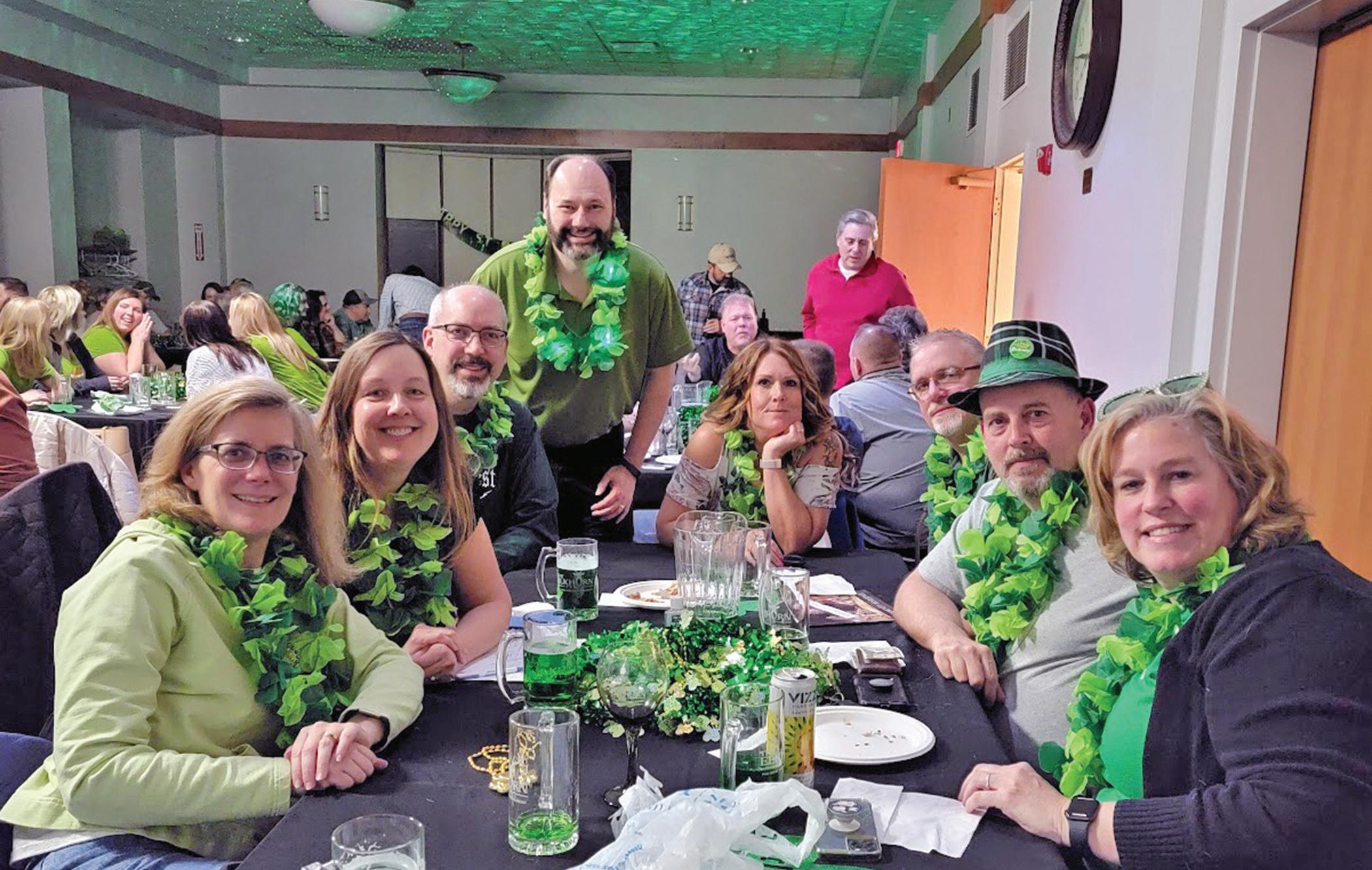
In the bar and grill, the green beer and corned beef sandwiches will make the perfect lunch.
In the main dining room, the traditional corned beef and cabbage dinner will be available. The restaurant will also be serving Shepherd’s Pie, and bangers and mash, which are sausages served with mashed potatoes.

